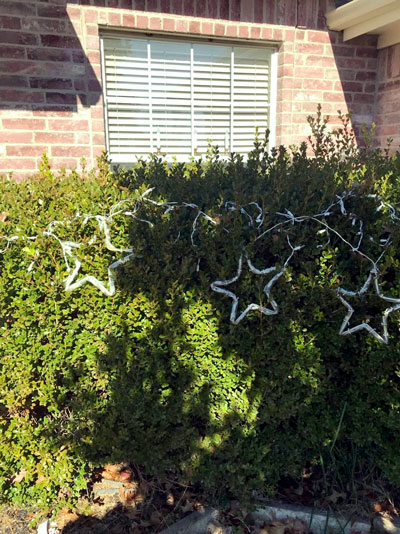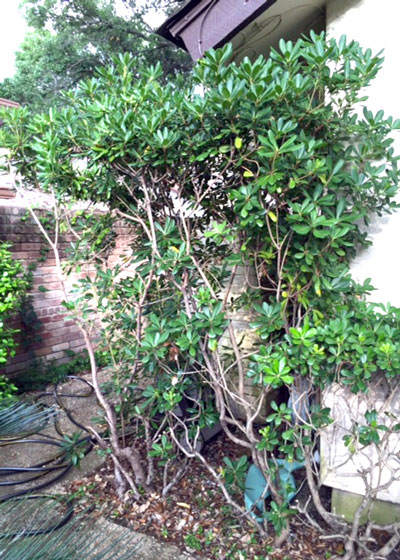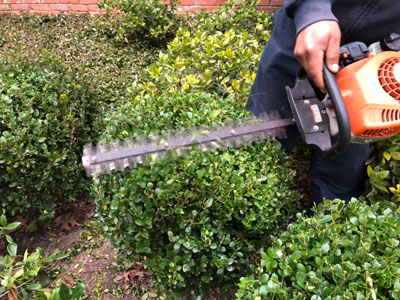Question of the Week – Number One: January 7, 2021
“I’ve let my boxwoods grow too tall (50 inches). Can I cut them back to 30 inches? If so, when and how?

I had a similar question here relative to another type of shrub a couple of months ago. This comes up so often, especially in the winter, so I thought I’d repeat it this week.
Your chances of success in dramatically reducing heights of shrubs will depend on several factors:
• Some species are more able to rebound from heavy pruning than others.
• It also will depend on the health and vigor of each individual plant.
• You must also do it at the proper time of year. In that case, this is the proper time of the year, while the plants are dormant and before they start new growth for the spring.
• It will also depend on your technique in doing the trimming and your follow-through maintenance afterwards.

Steps for hoped-for success…
If you’re going to succeed, here are the steps I have found to give the best possible results.
1. Prune in January. Your plants will be completely dormant then, and rarely will new growth for spring have begun.
2. Be realistic in the amount of growth you were going to try to remove. You can usually take off 30 percent of a plant’s height or width without doing serious harm, at least the first time that you prune it. If you do that repeatedly for many years, the plant may run out of steam and leave you with bare stems.
3. If you’re removing between one-third and one-half of the plants’ growth, you take a greater risk. Plants that were very vigorous before the pruning will probably come back strongly. Plants that were weakened by being overcrowded may fail to sprout out at all.
4. If you will be removing more than half of the plant’s growth as you prune, there is a distinct possibility that you will kill the plant. You need to be prepared to do a re-landscape of that part of your garden if necessary.
5. As for the technique, use long-handled lopping shears and remove one branch at a time. Make each cut back into the canopy of the plant so that leafy twigs will conceal each cut. If you are very careful, you will often be able to reduce a plant’s height significantly without obvious signs of pruning.
6. Finish your pruning with hand shears to tidy up any small straggler twigs and branches.
7. Apply an all-nitrogen lawn fertilizer to promote new regrowth within the shrubs. Water the food into the plants’ root zones thoroughly. You may want to delay this feeding until closer to the beginning of spring growth.
Note, if you find yourself having to do this size-reduction pruning every few years, you may want to consider replanting with some shorter type of plant that would be better suited to the space you have available for it.

